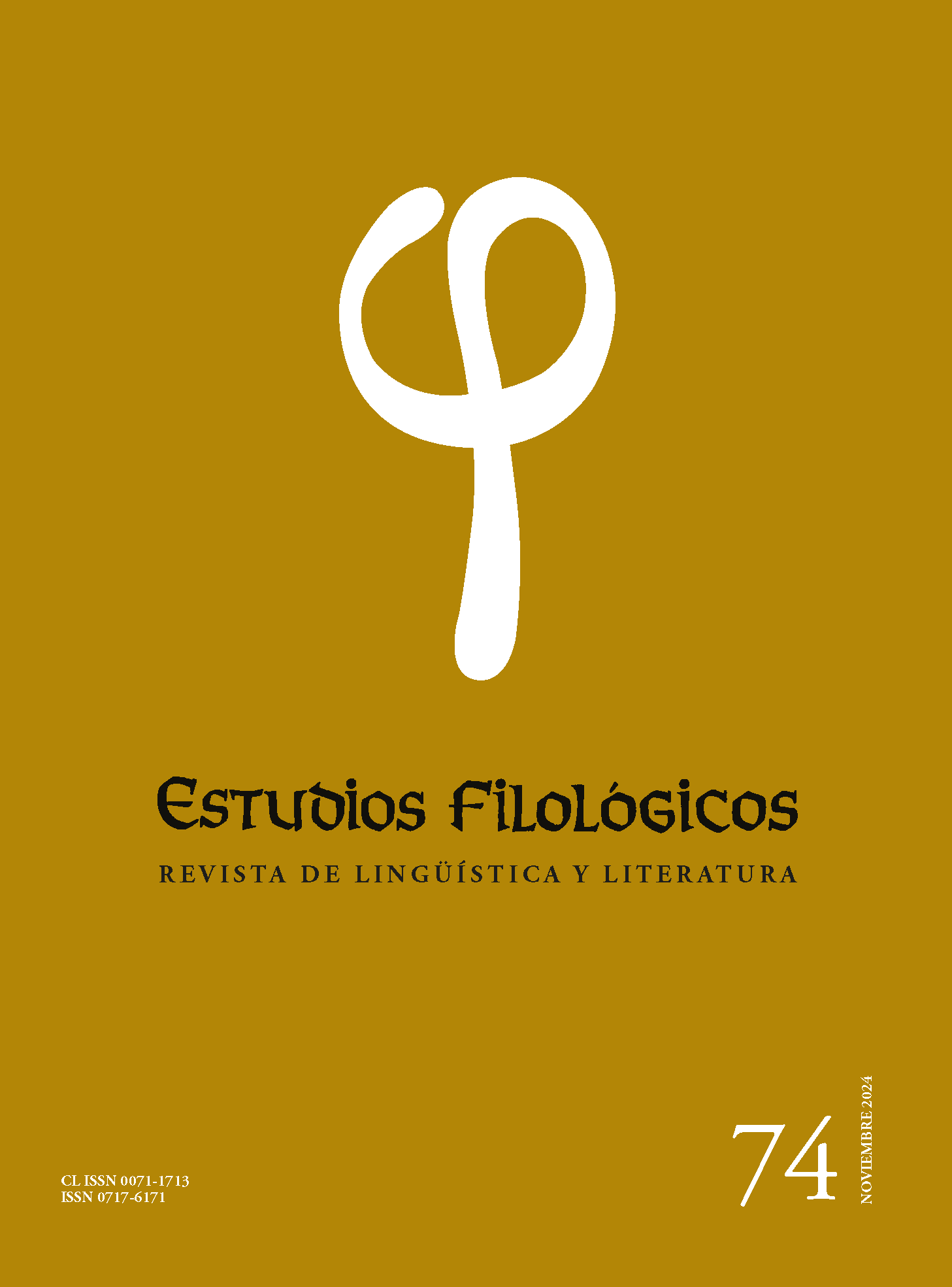Damiana (Over)Exposed: Desires and Demands of an Uncomfortable Photograph
Main Article Content
Abstract
This paper analyses the photographic representation of the indigenous body in social networks, plays and mainly in the film Damiana Kryggi (Fernández Mouján 2012). The film tells the story of Damiana, a 14-year-old girl from the Paraguayan ethnic group Aché, abducted when she was two years old by the murderers of her family. Damiana was forced to work as a maid in the family house of a renowned Argentine scholar, who in turn gave her away to German anthropologist Robert Leh- mann-Nietsche (1872-1938), then director of the Anthropological Museum of La Plata, in the Prov- ince of Buenos Aires. To prove his theories about the inferiority of some races, Lehmann-Nietsche took a photograph of Damiana, naked, two months before she died of tuberculosis. The photograph, not least following circulation via social media, has become the focal point of heated debate about the risks of re-victimising Damiana in the digital age. W. J. T. Mitchell famously asked: ‘what do images want?’ Images are like living organisms. They have desires, appetites, needs, demands. Dami- ana’s photograph haunts us, enrages us, moves us. But what does it want from us? What is missing from this image? What is its blind spot? To answer these questions we need to understand both how the image has been variously displayed over time in film, social media, anthropological reports and signs, and also what narratives, discourses and agendas those montages conceal.

